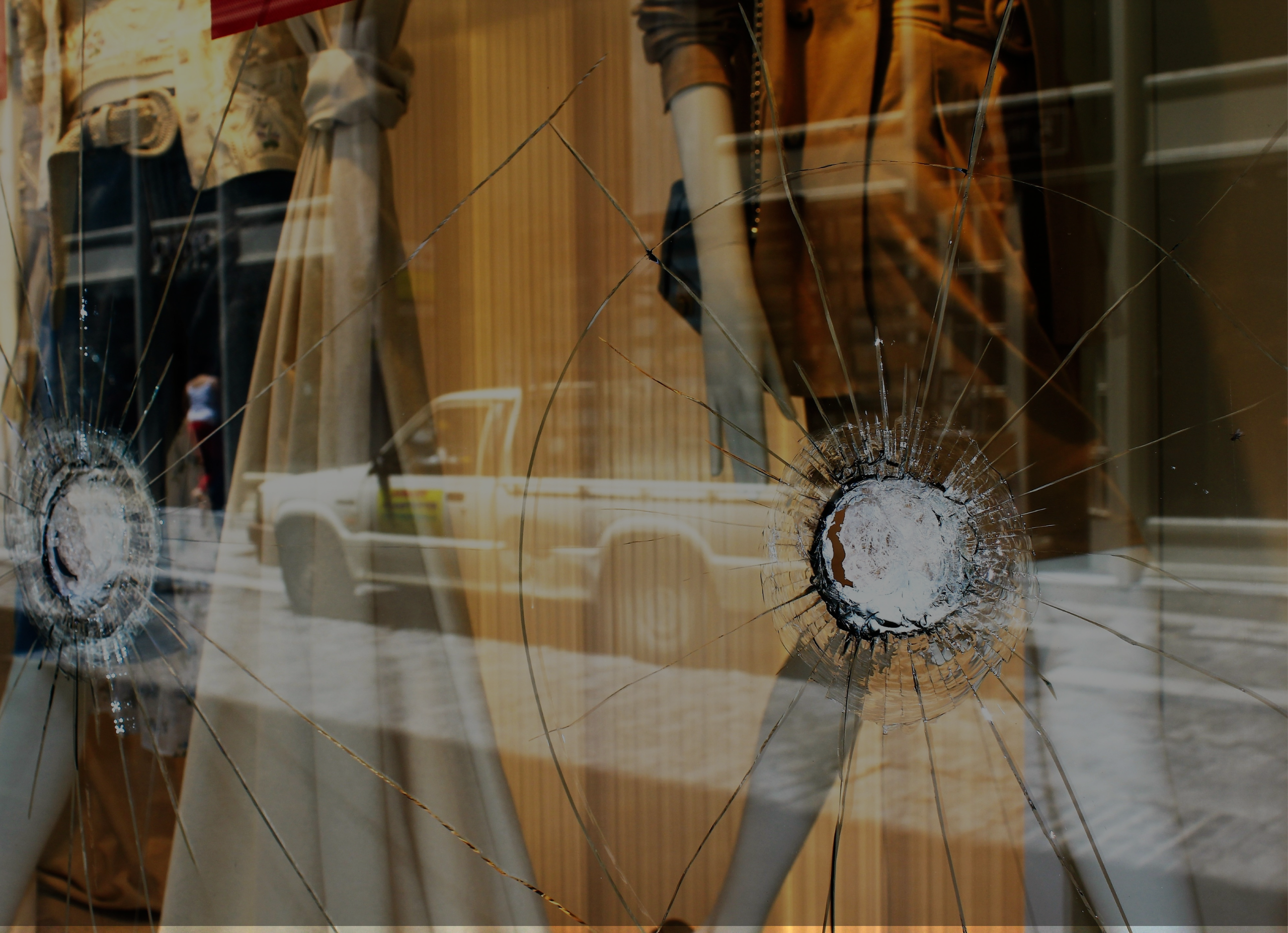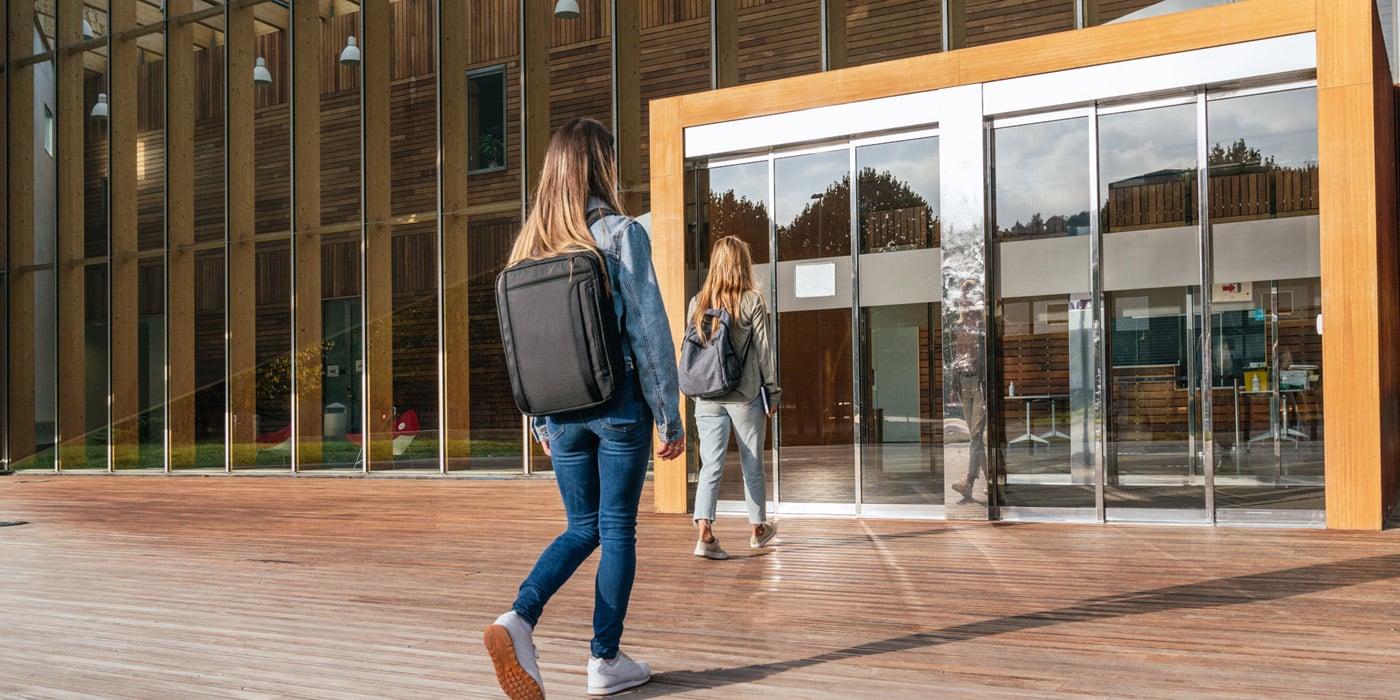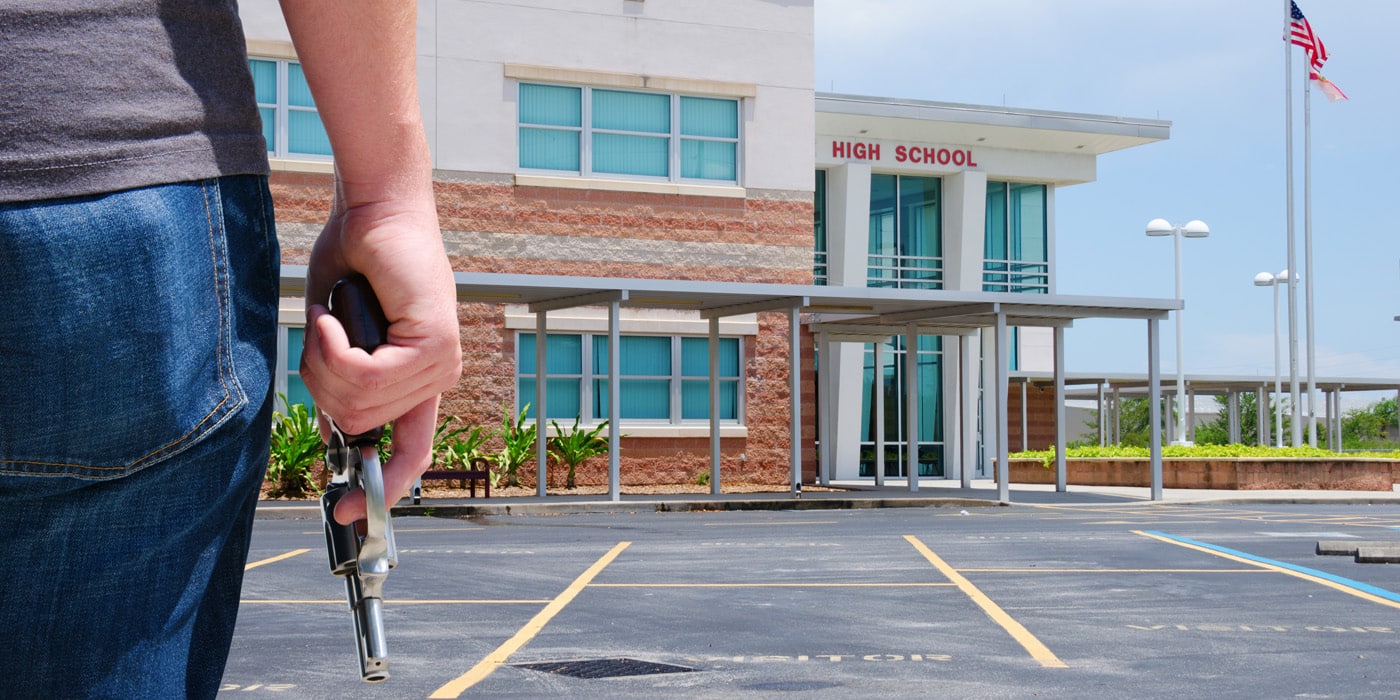Ballistic Glass Protection
FAQ’S ON “BULLET RESISTANT” & “BULLET PROOF” WINDOW FILM

Security window film is not bulletproof

PREVENT SCHOOL SHOOTERS WITH RIOTLITE SECURITY FILM LAMINATE

RIOTLITE SECURITY FILM STOPS ACTIVE SHOOTERS FROM GAINING ENTRY
Active Shooter Mitigation FAQs
What does active shooter mean?
According to the U.S. Department of Homeland Security, an active shooter is “an individual actively engaged in killing or attempting to kill people in a confined and populated area; in most cases, active shooters use firearms and there is no pattern or method to their selection of victims.”
Active shooter mitigation is a term used to describe techniques, materials and security measures used to prevent and slow individuals attempting to harm people in schools, malls, movie theaters, hospitals, etc. with firearms.
Are school windows bullet proof?
Whether or not school windows are “bullet proof” really depends on the school and the individual decisions they have made about how to increase their security. Many schools do install bullet-resistant glass as a way to slow any dangerous individuals who attempt to gain entry. It is a very effective way to increase school security and prevent active shooter situations.
If you’re looking to install “bullet proof” products in your school windows and doors, BulletShield is DefenesLite’s bullet-resistant derivative. It is ballistic rated and has been independently tested to meet UL752 standards.
How to prepare for an active shooter?
One of the first things you should do to prepare for an active shooter is to conduct a site assessment. Examine the school grounds for points of weakness like unlocked doors, vulnerable window and door glass, or line of sight issues with security cameras.
You should also explore and update evacuation routes so students and staff know the safest way to escape. Once you have done this audit, you can really analyze the best ways to improve security and prepare for an active shooter situation.
How can we improve school security?
There are a number of ways to improve school security. First, school administrators should institute a closed campus policy since most shooters will first attempt to gain access through the school’s main entrance. Doors should be locked during school hours and security cameras installed. Visitors to the campus should be limited and screened before entering.
You should prepare students and staff with at least two evacuation routes and run active shooter drills to ensure that students know what their escape route is. Staff should be trained to recognize and respond to potential security threats.
Reinforce door and window glass on at least the main floor with a bullet-resistant product like BulletShield. While there is no such thing as “bulletproof glass”, these bullet-resistant products do stand up to numerous attempts at breach with a firearm. The ultimate goal is to slow the intruder down to allow time for law enforcement to arrive. This is a highly effective solution for improving school security.
How to prepare for a school shooting?
One of the best ways to prepare for a school shooting is to install technology that will slow and prevent the shooter from ever entering the building. This means installing locks and security cameras at entrances and reinforcing door and window glass on the main floor (particularly around entrances) with a security product like BulletShield.
Additionally, it is important to prepare students and staff for the possibility of an active shooter situation. Evacuation routes should be placed in all major hallways and stairwells and students should be educated on escape plans and other safety measures.
Customer Testimonials
“As a security and protective design and engineering consultant for 45 years, and after having participated in reviewing, analyzing, testing and subsequently specifying many different force protection products for clients with extreme security concerns, I would strongly advise those in similar positions to consider the products sold under the “DefenseLite” brand name, and fabricated, furnished and installed by Impact Security. We have submitted their products to personal attacks by our security specialists and been engaged in having their products tested under live firing range conditions by elite law enforcement agencies for ballistic resistance and forced entry and can attest to their efficacy and value.”.
Robert Ducibella Founding & Senior Principal
RAPCS LLC & Emeritus DVS
"While there are numerous aspects to any comprehensive security program, if you are able to make the windows of a facility difficult or impossible to breach, you can significantly enhance the overall security of the site. Many institutions take actions to secure their facilities without considering the “why” behind those actions. The best security plans are rooted in security principles that allow you to gain time during an emergency situation, and keep a threatening person at a distance. This is exactly why we utilized DefenseLite and BulletShield for our more vulnerable clientele, worldwide. Having worked on numerous and complicated security projects all over the world we have also experienced the value of having a high quality partner to properly install these items. Jeff Franson and his team have always done a stellar job, going above and beyond, and have ensured that the windows at our sites have the highest level of security features."
Ariel Siegelman President
DRACO Group
"I just wanted to take a minute to let you know that we recently had an attempted break in, the key word here is (attempted). Around 5:30 AM 3 individuals pulled up to the store, got out of a car, wearing masks and carrying bats and bricks. One started throwing a landscaping brick (~10 pounds) at the glass door protected by DefenseLite and the rock just bounced off, the other two went to work on one of the windows with the bats. The bats had little effect on the DefenseLite. After about 5 minutes of repeatedly throwing the brick at the door the glass behind the DefenseLite broke, but the DefenseLite stayed intact. The three spent a total of 8 and a half minutes beating on the Defense with rock and bats and still did not get in. I am 100% confident had I not chosen to put the DefenseLite they would have gotten it and gotten away with countless guns and I would have been dealing with the ATF and State Police for weeks if not longer and there would be a lot of illegal guns on the street. DefenseLite is hands down the best means of keeping bad people out of your store."
Mark Glavin President
Fox Valley Shooting Range
"Recently we had a torch attack on the side door at our Patagonia Portland Store (there have been two now). And last week we had a cinderblock attack on the same set of doors. There are no broken door glass, the doors were not damaged, and no intrusions into our store. Without DefenseLite, the damage to the door glass and doors would have been in the 10K range minimum. Then you have the amount of product that could have been taken out of our store. And then (a harder matrix to measure) store moral and store appearances would have most likely have suffered. Bottom line, DefenseLite works again! "
